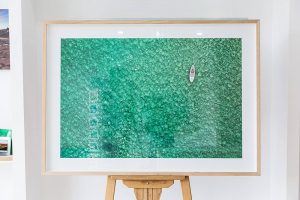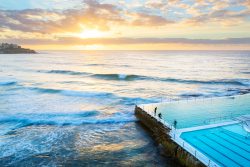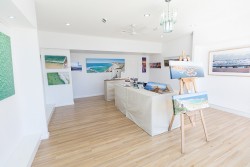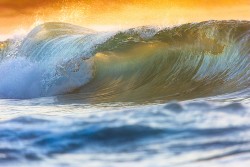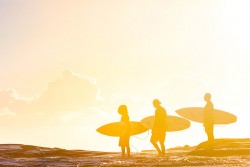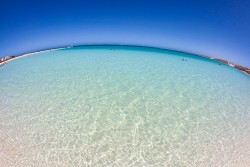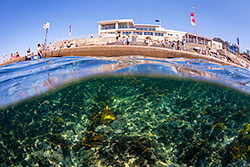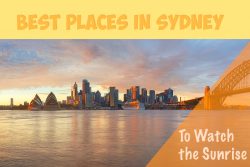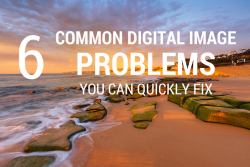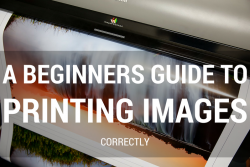What is Shutter Speed - let's break it down.
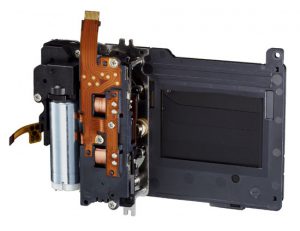 First what is a shutter – The shutter is a mechanical component that is inside your camera and it sits in front of your camera sensor. It opens and closes at certain set speeds determined by the camera when you push the “Shutter Button”.
First what is a shutter – The shutter is a mechanical component that is inside your camera and it sits in front of your camera sensor. It opens and closes at certain set speeds determined by the camera when you push the “Shutter Button”.
This leaves Shutter speed to be the time the shutter remains open allowing light onto the camera’s sensor to record and render an image that is saved to the camera card. Your camera’s shutter speed can be broken down into 1/3rd increments. The fastest shutter speed your camera can achieve is subject to the camera that you own. For the Canon 5D Mark III Camera which I own the maximum shutter speed is 1/8000 of a sec. The slowest speed is 30 sec but you can get slower with the use of external remotes and the camera’s “Bulb” setting.
How is Shutter Speed Measured
Your camera has the ability to make increment changes of 1/3rd’s (also referred to 1/3rd of a stop). This means that if you wanted to change your shutter speed say from one second to two seconds this is a 100% change or 1 full stop. You will need to click your shutter speed adjust wheel three times. To understand more about stops please check out our article on “What is a STOP”.
Shutter Speed General Rules
The Focal Length vs Shutter Speed Rule
When shooting hand held a general rule is your shutter speed should be at least 2 stops faster than your focal length. (In basic terms if your shooting and your lens is at 50mm then you should have a shutter speed of at least 1/200th of a second. To work this out 50mm doubled is 100 doubled again is 200 = 1/200th of a second. Again this is a general rule I shoot plenty of times hand held during the day at 1/125th of a second. But this rule is important to note if shooting with long focal length lenses. ie 200mm +
Don’t Go Below 1/50th of a Sec handheld
If you shoot with shutter speeds slower than 1/50th of a second you will need to be using a tripod to avoid camera movement / softness in your photo. Even with camera’s lenses with Image Stabiliser it is a good idea to keep this in mind.
Shutter Speed Used in the Field - Real Examples
Below is a series of images taken from my Main Gallery and the settings used to capture them. All of them show how shutter speed has been used as a key element in creating the image for the desired purpose and look. These examples are high quality shot images that print perfectly large. This is my bench mark for all my images and yours should be the same.
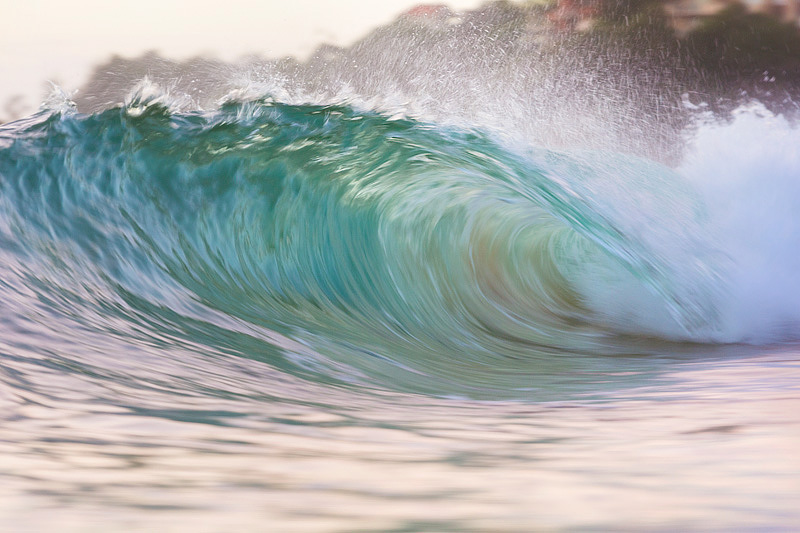
Canon 5D MkIII f5.6 1/50th sec 400iso (70 - 200mm f2.8 lens)
In the above example to shutter speed is relevant to the situation. With the moving speed of the wave, a shutter speed of 1/50th of a sec was enough to show blurred movement in the wave. If this was a sunrise shoot and we were on a tripod shooting at 1/50th of a second and wanted water movement it wouldn’t be enough. Point to note : Shutter speed is always relevant to the scene your shooting and the conditions your shooting in. Also in this example I am not shooting with any directional sunlight falling onto the image, hence the shutter speed is lower compared to the next example.
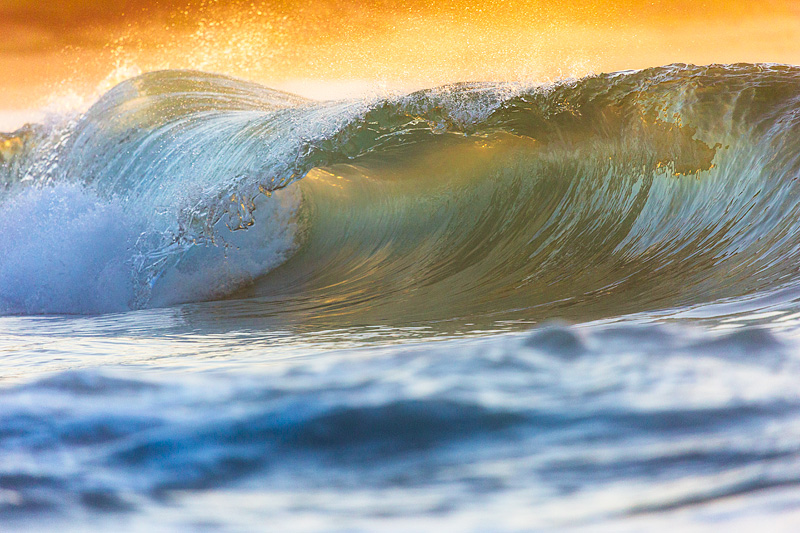
Canon 5D MkIII f5.6 1/1250th sec 640 iso (Canon 100 - 400mm f4.5-5.6 lens)
In this above image, I wanted the wave movement frozen, because my focal length was 400mm, I immediately know that I need to shoot with a shutter speed that is at least or close to double my focal length if I want an image that will be capture sharp. So because I was shooting at 400mm I need to aim for a shutter speed around 1/1600 of a sec. 1/400th of a sec to 1/800th of a sec to 1/1600 of a sec. Again it comes down to knowing your gear and what you can do with it. But it is a good general rule. Note in this image I am shooting towards the rising sun this is why I am able to get a much faster shutter speed compared to the image with a shutter speed of 1/15th of a sec even though our settings aren’t overly different.

Canon 5D MkIII f16 1/15th sec 50 iso (Canon 16-35mm f/2.8L ll)
In this example I am shooting with the morning sun light falling onto the scene, I wanted the water to have movement. In order to compensate the brightness of the light I drop my cameras ISO to 50, I close down the aperture to F16. These two changes allowed me to get the desired shutter speed. The whole idea of this is to play with your camera settings to find movement subject to the speed of whats moving in your scene.
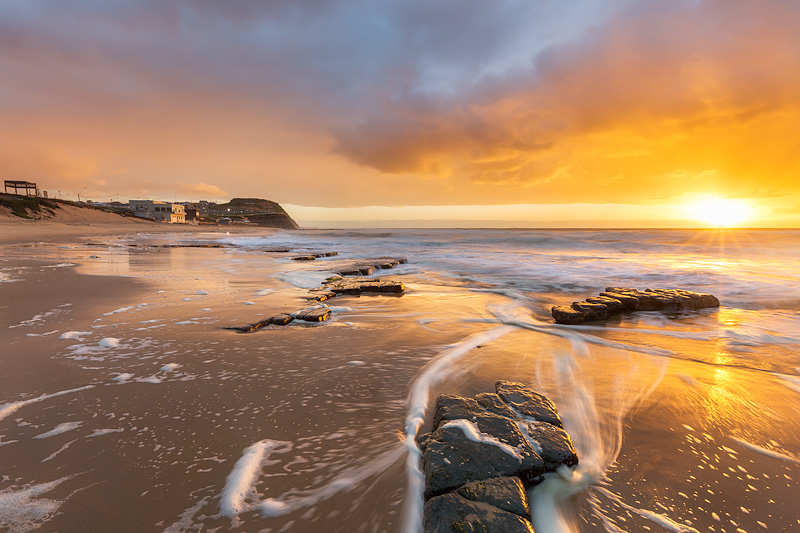
Canon 5D MkIII f18 .8 th of a sec 50 iso (Canon 16-35mm f/2.8L ll)
Ok now that your getting a grasp on shutter speed and how to use it. In this image I’m shooting into the sun but when you look at the camera settings f18 .08 of a second at 50 ISO. The aperture and ISO settings are almost the same as the last image, but the shutter speed is significantly different… how. Well again it is all about wanting to achieve the shutter speed you want, if your camera is not capable then you need to give it some assistance and that is in the form of filters. In this image I used a B+W 77mm ND 1.8 Filter. This filter reduces the light coming into the lens by 6 stops.
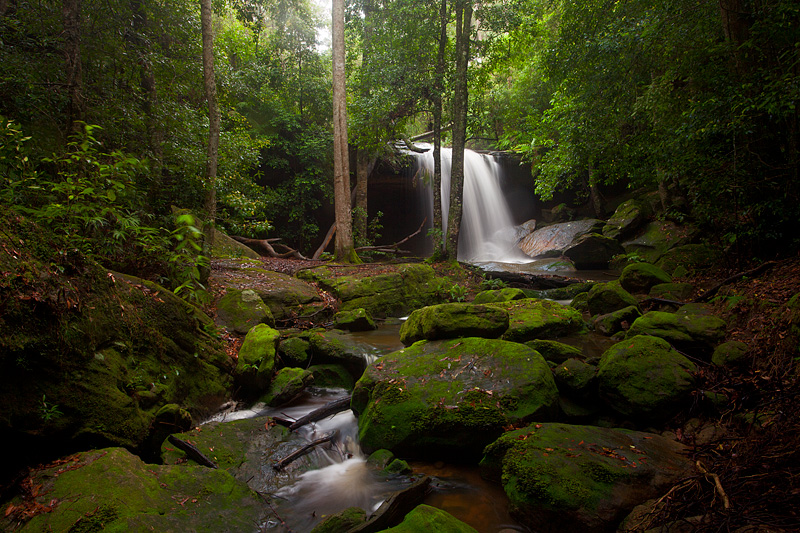
Canon 5D MkII f13 2 sec 100 iso (Canon 17-40mm f4)
Waterfalls are all about slowing your shutter speed down, you want that water to be milky but with a hint of texture to it. This is going to happen with shutter speeds around 1 to 5 sec again subject to the speed the water is falling over the waterfall. In this image, I’m shooting on an overcast day under the canopy of trees so my shutter speed is going to be slower than usual. I’m shooting at F13 for depth of field, 2 seconds gave me the perfect movement and 100 iso because that is what I needed to get 2 seconds. In this image I was also using a Tiffen 77mm Warm Polarizer Filter. Using a polariser reduces glare but in this situation because of the filters darkness it will slow down your shutter speed allowing you to achieve slower speeds.
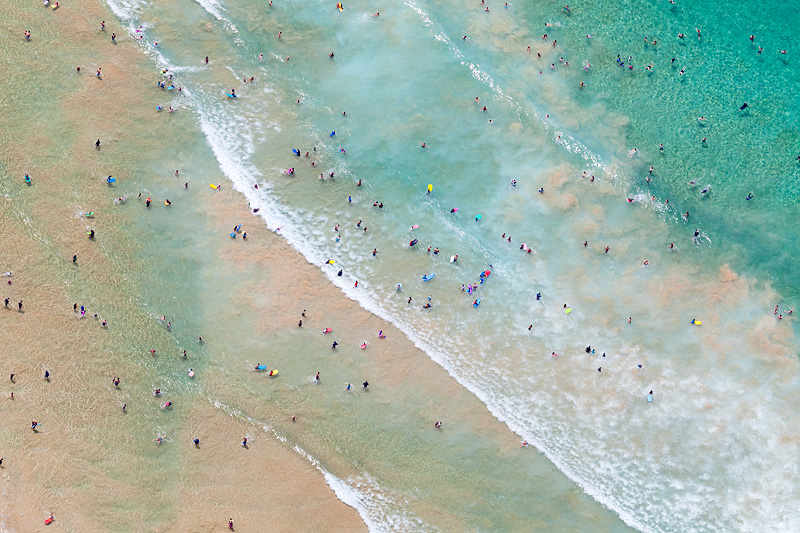
Canon 5D MkIII f8 1/2500th of a sec 400 iso (Canon 100 - 400mm f4 to 5.6)
Shooting out of a helicopter is all about getting the right shutter speed. With the movement and vibration of the helicopter, you need to make sure your shutter speed is perfect, if in doubt go faster. Depending on the lens you’re using this is even more critical. On a wide angle lens your shutter speed doesn’t have to be as fast, but with a longer lens it does.
Conclusion - Wrapping it Up
As a landscape photographer most of the time your wanting to achieve a certain shutter speed to create mood, texture and feeling to your image. Your shutter speed is going to be your main focus and your going to use your other two settings Aperture and ISO to help you achieve that desired shutter speed so you get the right perfectly exposed image.

